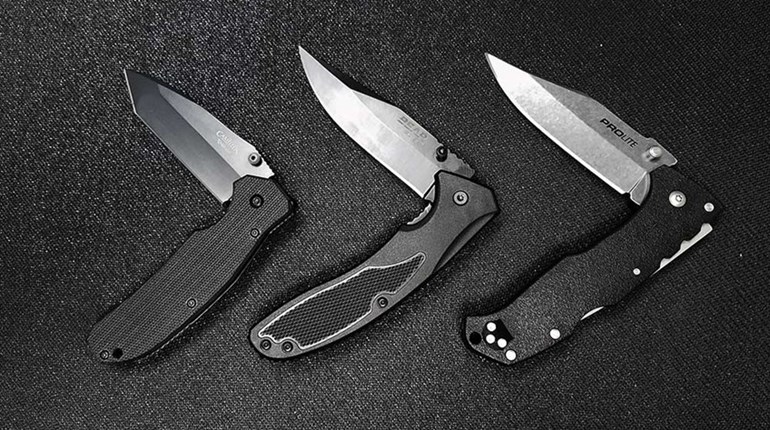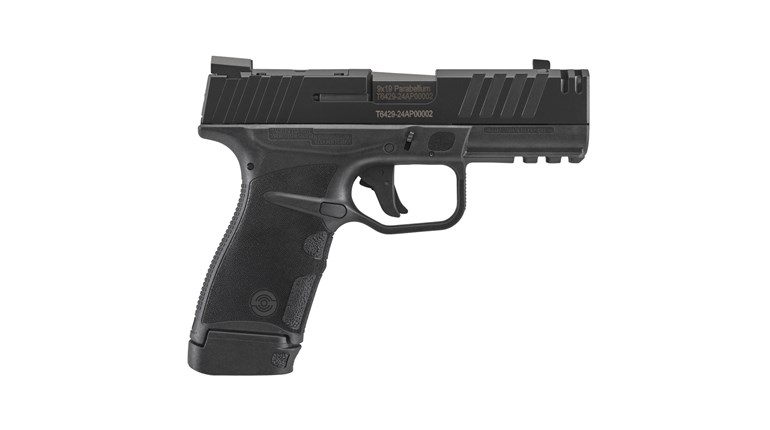
One growing trend in EDC (everyday carry) is to include medical gear in your daily loadout. It’s one I applaud, since you’re significantly more likely to encounter a medical or trauma emergency in your everyday life than an armed encounter, and in the event you do wind up in a gunfight, there’s a significant chance you will sustain injuries. It just makes sense to have the tools and training to care for yourself until help arrives.
The calculus in deciding what to carry is not unlike the decision-making process in what weapon you carry. As respected trainer Pat Rogers was fond of saying, “Mission drives the gear train.” You have to decide why medical EDC, before you can answer what and how much.
Why is easy: because your life may well depend on it. Pick an EMS system in any major city, and the response times are typically a minimum of 4 to 6 minutes, often much longer. Performance standards required of these agencies often specify a response time of 8 minutes and 59 seconds or less, and frankly, a great many urban EMS systems fail to meet even those standards. Need an ambulance in a rural environment, and the paramedics may not arrive for an hour. And usually, that ambulance, upon being dispatched to a shooting, is going to stage outside the scene until law enforcement arrives and declares it safe. Whether it’s 9 minutes or 60, that’s a long time to lay on the ground leaking from a 9 mm hole in your femoral artery.
Famed surgeon Nicholas Senn said in 1897, “The fate of the wounded rests with the one who applies the first dressing,” and the statement holds true even today. Self-care is likely what is going to save you, not the paramedics.
What and how much are more nuanced questions. There are three pertinent questions you must answer when choosing medical EDC gear loadout: 1) What type of injuries am I realistically expected to encounter, 2) to whom am I rendering care, and 3) what, realistically, can I expect to do about them?
In a civilian environment, life-threatening extremity hemorrhage is rare. It is far more common in combat because of IED’s, and the combatants are wearing load-bearing equipment and ballistic armor that protects the torso; the limbs are vulnerable.1 In a civilian gunfight or mass shooting, most victims die of thoracic wounds or unsurvivable head shots.
Still, tourniquets these days are compact enough that there’s no compelling reason not to carry one. A PHLster Flatpack tourniquet carrier, with a properly staged CAT or SOFTT-Wide tourniquet rides easily on your belt or in a pocket, and when paired with a micro IFAK like those outlined in Caleb Causey’s excellent article on medical EDC, is hard to beat.
Likewise, an open pneumothorax from a pistol-caliber round is an unlikely scenario, as well. Flesh is highly elastic, and the physics of airflow dynamics usually require that an open chest wound be 2/3 the diameter of the trachea or larger to entrain air. Pistol-caliber rounds simply don’t punch that large a hole, unless unusual circumstances are present. Still, if we were playing the odds, we wouldn’t be carrying a weapon or medical EDC gear at all, and commercial chest seals are also compact enough to fall into the “no valid reason not to carry one” category. Vented or unvented doesn’t make that big a difference, just make sure you choose one with strong adhesive; you’re going to be applying it to yourself, with adrenaline-fumbled fingers, to skin that is most likely blood-spattered and clammy with sweat. In my experience, Hyfin chest seals seem to work best in this regard.
You also need to understand that the intended recipient of your medical EDC is yourself first, and a companion or injured bystanders second. As a layperson acting as a Good Samaritan, what care you render to a companion or bystanders can be distilled into one simple rule: putting stuff on a person is generally acceptable, putting stuff in a person puts you on shaky legal ground, with the noted exception of wound packing. You don’t need oral or nasal airways or decompression needles, or specialized wound-care supplies like Dermabond, clamps or sutures, and the more stuff you jam in a medical EDC kit, the less likely you are to actually carry it.
Think of your on-body medical EDC as the Smith & Wesson J-frame of trauma kits: not ideal, but good enough to do the job. The less-than-perfect trauma kit you actually carry is better than the perfect one you leave in your car. It should balance compactness with utility, contain enough supplies to treat one person—you—and still satisfy the cardinal rule of EDC carry: carry something.
Realistically, all you need in a micro-IFAK is a tourniquet, properly staged on a carrier, an absorbent bandage such as an Israeli battle bandage or Cederroth Bloodstopper, a pack of QuikClot Combat Gauze, a pair of gloves and a Hyfin Chest Seal. Any more than that, and you’re likely to get off into the weeds of “nice-to-have,” and wind up with something too unwieldy to carry every day.
1. Smith ER, Shapiro G, Sarani B. The profile of wounding in civilian public mass shooting fatalities. J Trauma Acute Care Surg. 2016 Jul;81(1):86-92.


































